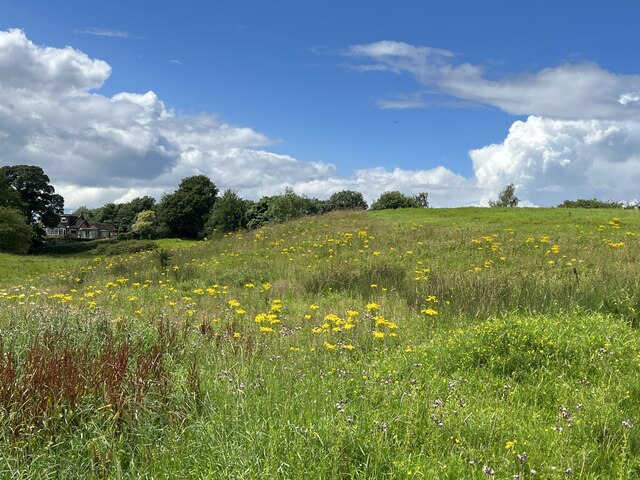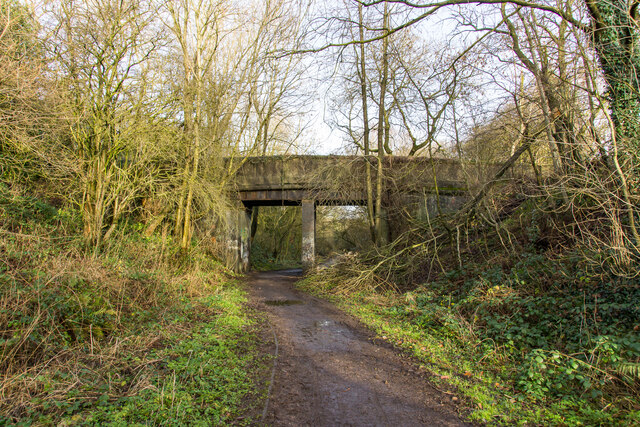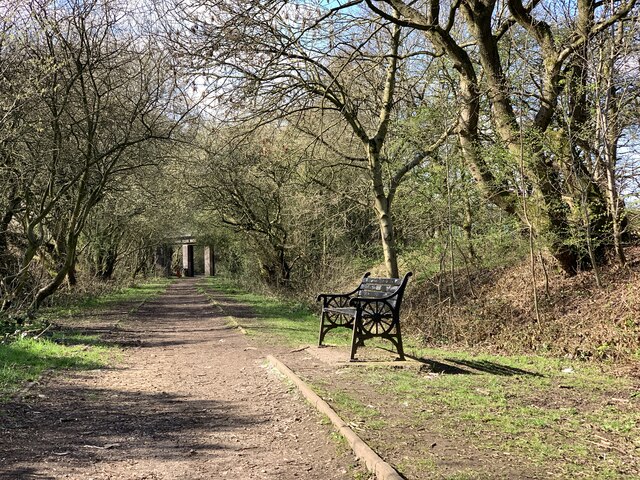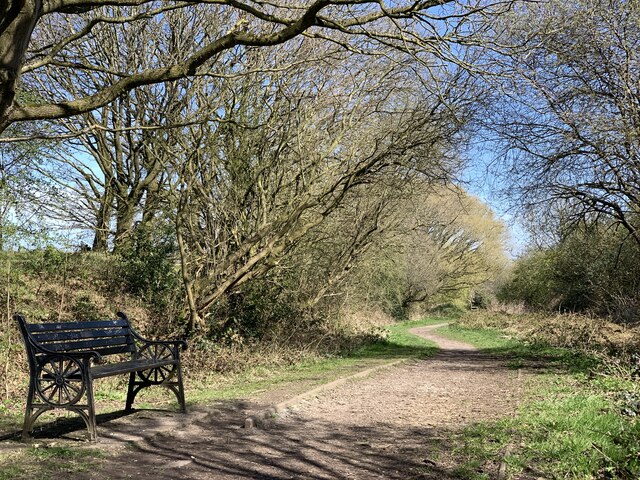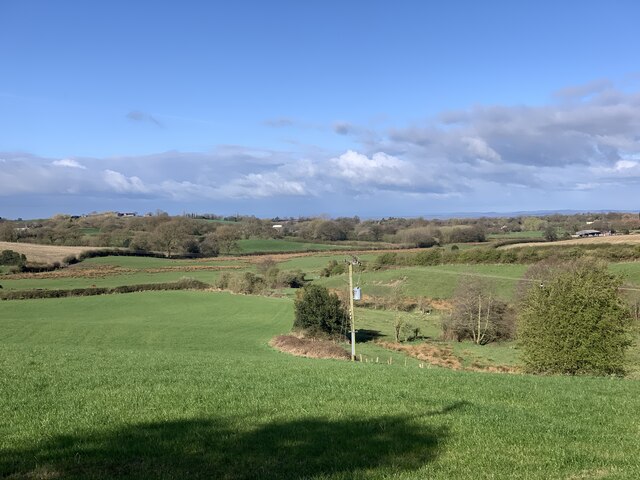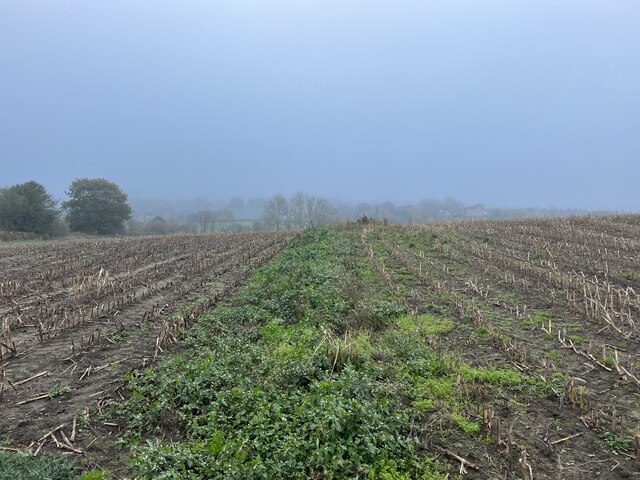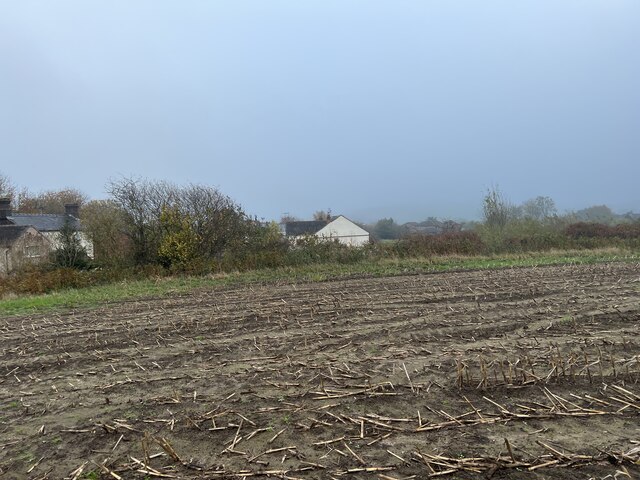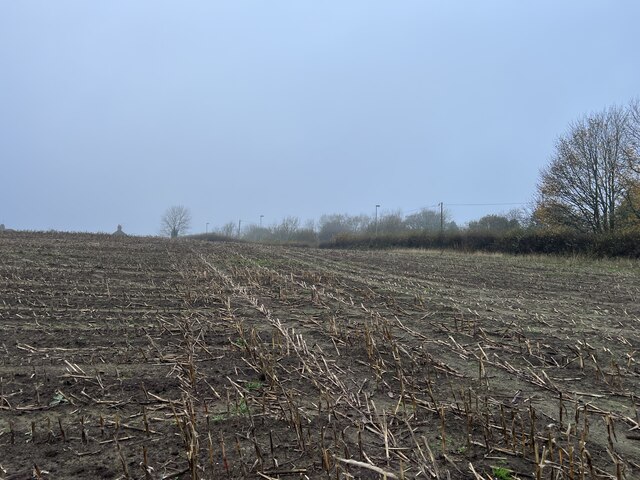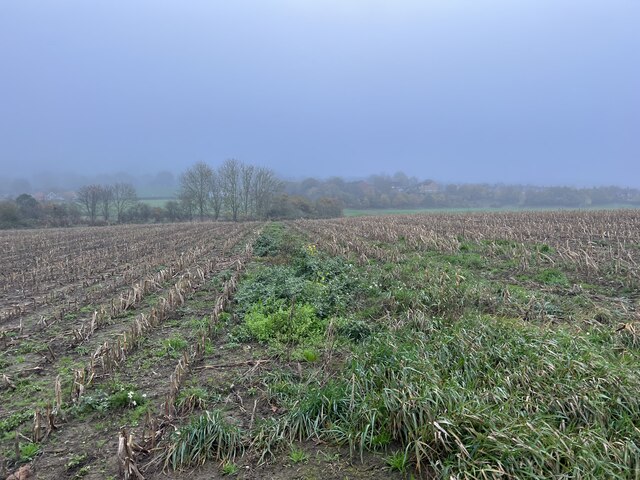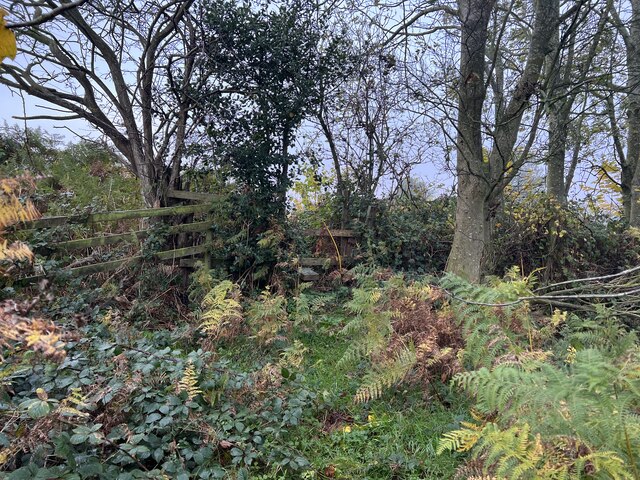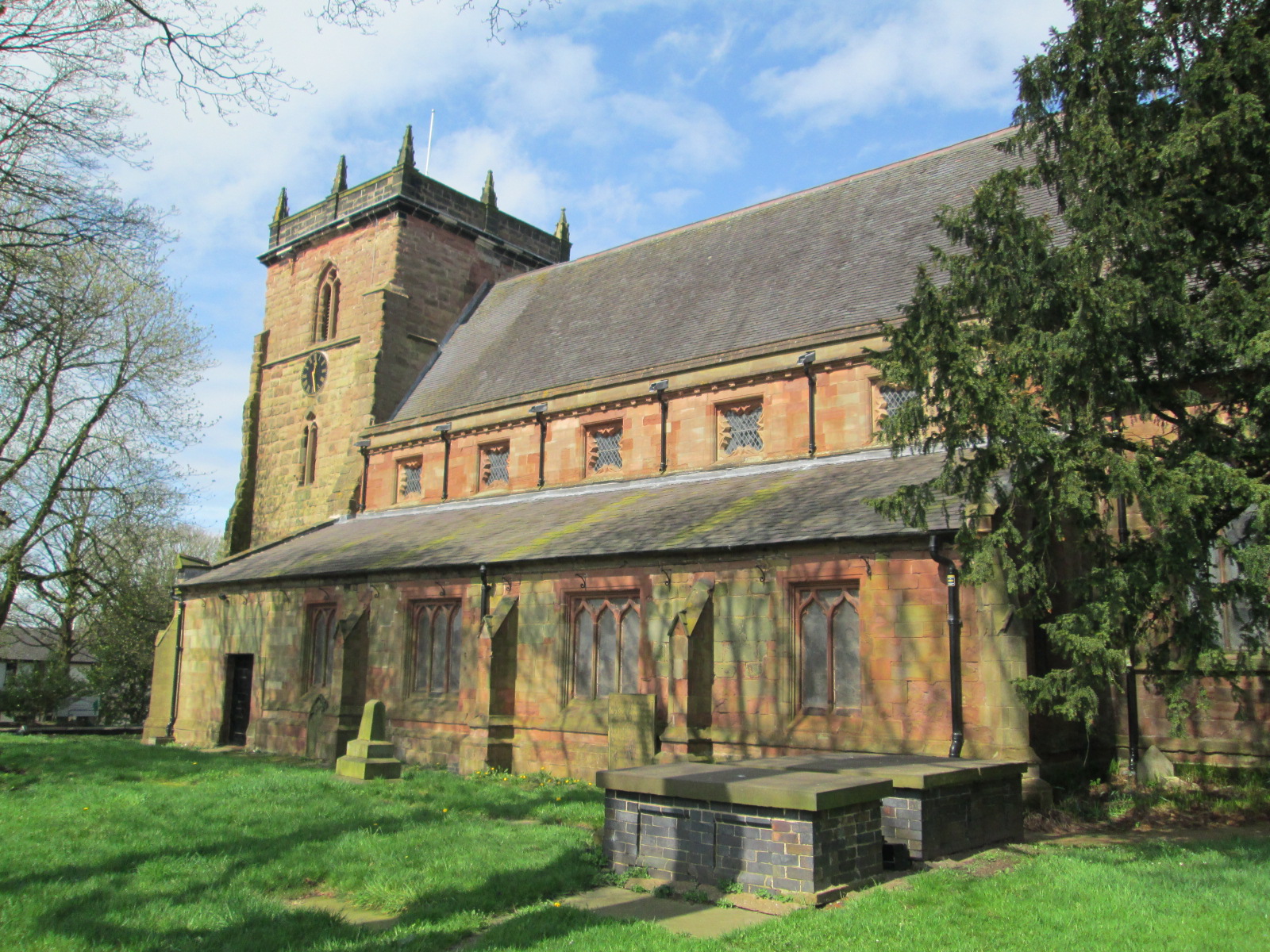Audley Rural
Civil Parish in Staffordshire Newcastle-under-Lyme
England
Audley Rural
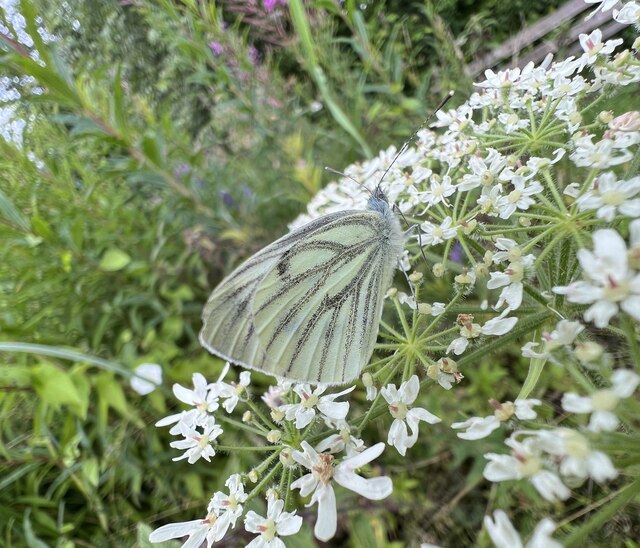
Audley Rural is a civil parish located in the county of Staffordshire, England. It is situated in the Staffordshire Moorlands district, approximately 7 miles northwest of Newcastle-under-Lyme and 12 miles northeast of Stoke-on-Trent. The parish covers an area of around 16 square miles and is home to a population of approximately 3,500 residents.
The landscape of Audley Rural is predominantly rural, characterized by rolling hills, open fields, and scattered woodland areas. The area is known for its picturesque views and natural beauty, making it a popular destination for outdoor enthusiasts and nature lovers. The local economy is primarily based on agriculture, with farming playing a significant role in the community.
The parish is home to several small villages and hamlets, including Bignall End, Halmer End, and Audley. These settlements are characterized by their charming traditional architecture, including stone cottages and historic buildings. Audley itself has a rich history dating back to the medieval period, with the remains of Audley Castle still visible today.
Audley Rural offers a range of amenities and services to its residents, including local shops, primary schools, a library, and various community facilities. The area is well-connected by road, with the A500 running through the parish, providing easy access to nearby towns and cities.
Overall, Audley Rural is a picturesque and tranquil civil parish, offering a rural lifestyle within close proximity to larger urban centers. With its natural beauty, historic charm, and strong sense of community, it is a desirable place to live for those seeking a peaceful countryside setting.
If you have any feedback on the listing, please let us know in the comments section below.
Audley Rural Images
Images are sourced within 2km of 53.051035/-2.308746 or Grid Reference SJ7950. Thanks to Geograph Open Source API. All images are credited.

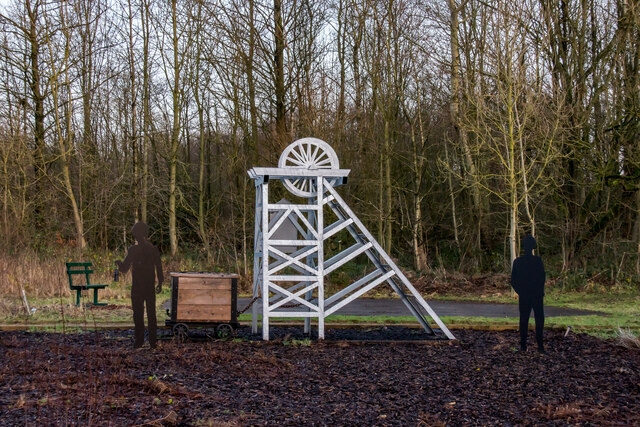
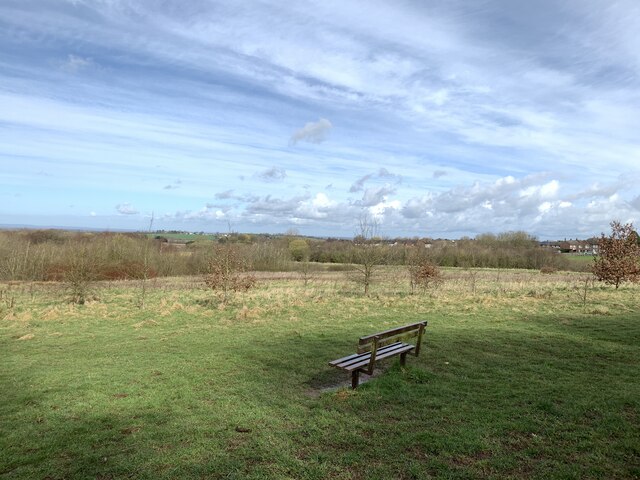
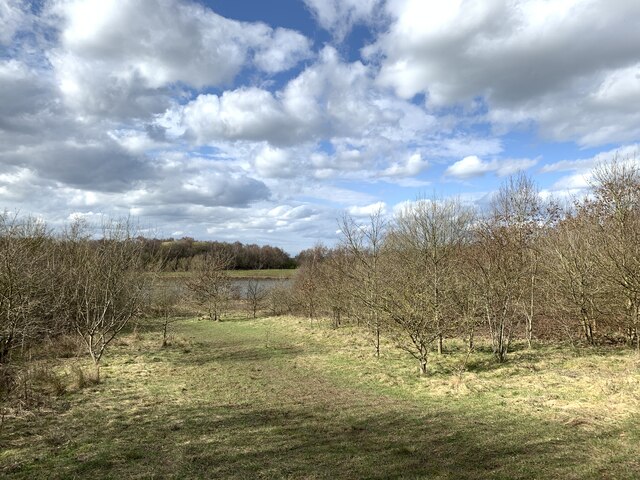
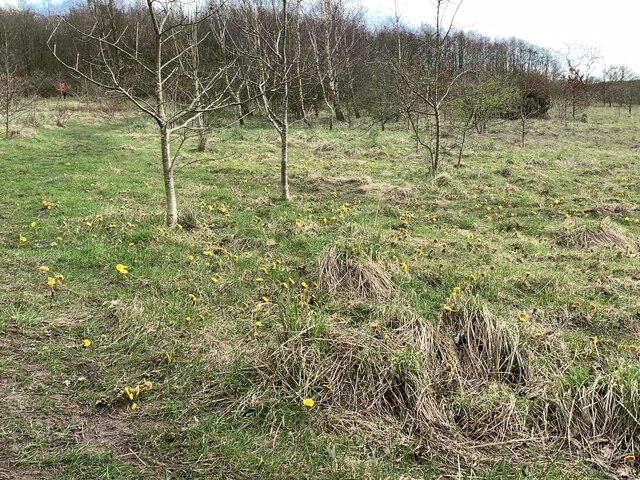
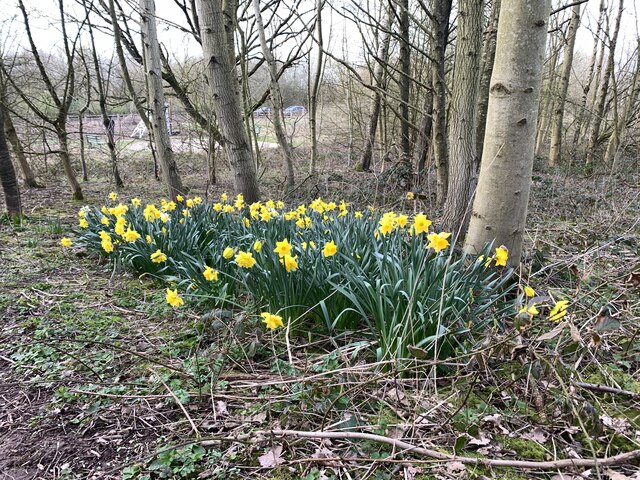
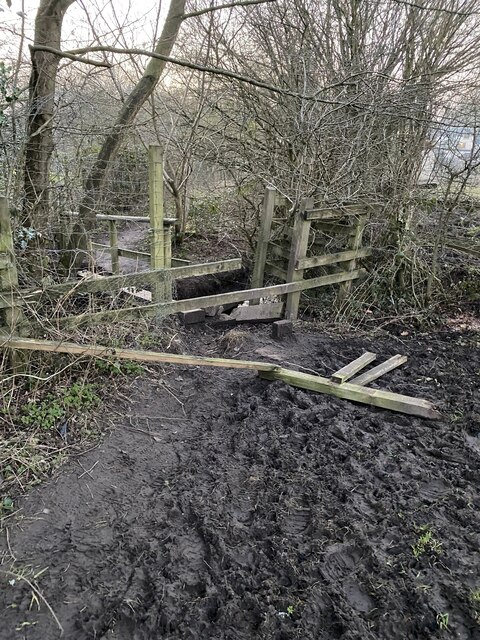
Audley Rural is located at Grid Ref: SJ7950 (Lat: 53.051035, Lng: -2.308746)
Administrative County: Staffordshire
District: Newcastle-under-Lyme
Police Authority: Staffordshire
What 3 Words
///onions.imprints.dwarf. Near Audley, Staffordshire
Nearby Locations
Related Wikis
Nearby Amenities
Located within 500m of 53.051035,-2.308746Have you been to Audley Rural?
Leave your review of Audley Rural below (or comments, questions and feedback).

